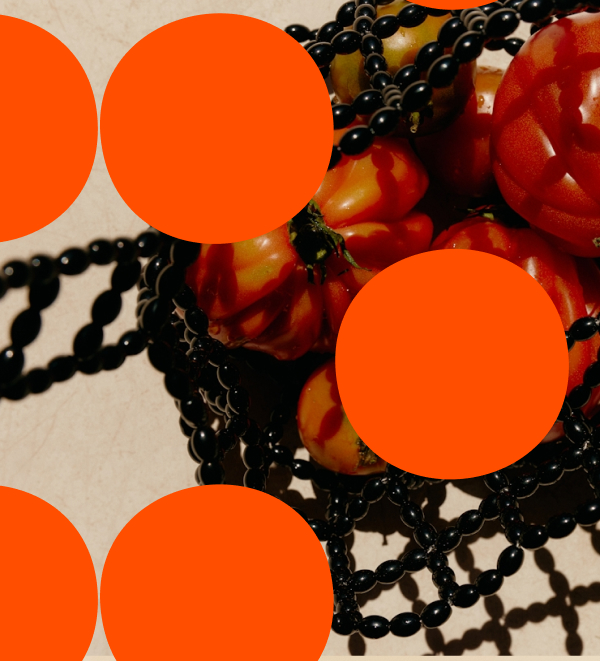Let’s start with the vision. What first inspired you to create MUSE, and how does it reflect Future Snoops’ long-standing mission to protect and advance human creativity?
Itay: AI is here to stay, and we have the power to choose how we use it. We see this as a defining moment for the creative industries. We can let AI take over and push us into irrelevance, or reclaim creativity and use AI to build the future we want.
At FS, we’ve been working with AI for over eight years, starting with image color analysis, autotagging, insight curation, and more. We have always wanted to make AI accessible to our clients in a way that enhances their creative journey. This latest wave of generative and agentic AI tools—which can do things we never thought possible—proves that AI will be dominant in our markets. How we use it determines the difference it makes.
We know both the excitement and fear that the rise of AI is fueling, because we feel it ourselves. That’s why we’ve built MUSE—to protect the brilliance of human creativity while using the tools at our disposal to access new realms of inspiration, ingenuity, and relevance.
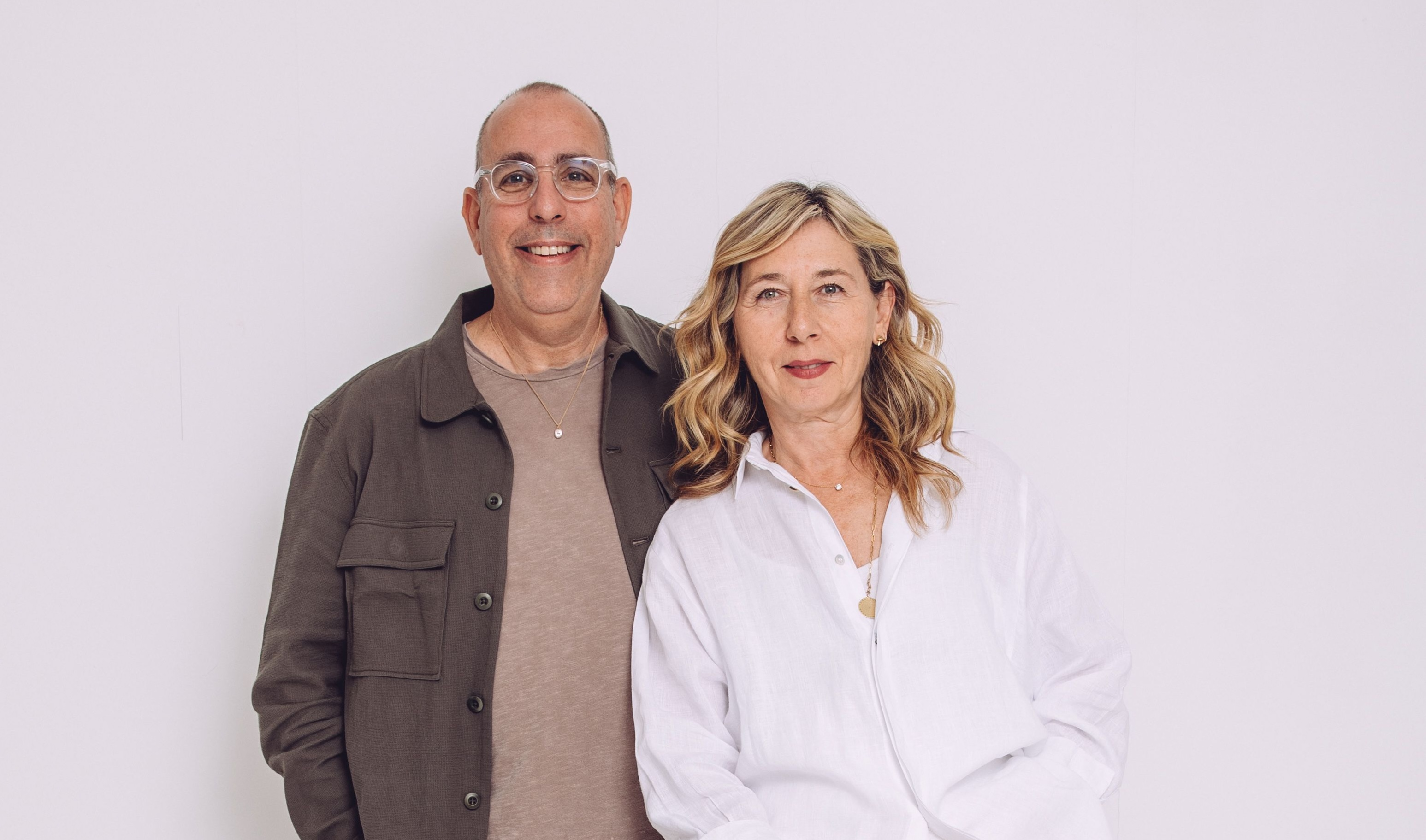
MUSE is described as an “AI agent built for creators.”
In practical terms, what does that mean? How does MUSE anticipate a creator’s needs and support the creative process from spark to execution?
Itay: When we say MUSE is an AI agent built for creators, we really mean it’s designed to think alongside them. It’s not just another productivity tool, it understands the rhythm of the creative process, from the initial spark of inspiration to the final execution.
Practically, that means MUSE connects every step of that journey. It knows when you’re searching for inspiration, exploring ideas, or refining a concept—and it brings the right tools and insights forward in real time. Built into the FS platform—which houses years of trusted and vetted trend content—MUSE surfaces the most relevant reports, images, and cultural cues, then helps you transform those into original concepts through AI. Instead of jumping between apps or tools, a creator can move seamlessly from discovering an inspiring image to building something new—all within one flow. Even if you’re unsure where to start, MUSE guides the process by refining prompts or suggesting creative directions. The goal is to make AI feel like a true creative partner—one that enhances your imagination rather than replacing it.

Creativity today faces a real tension: algorithms reward repetition, and originality can get lost in the noise. How do you see MUSE and FS helping to counter that trend and bring risk-taking and originality back into creative culture?
Lilly: Creativity isn’t “out there.” It lives within you. What’s broken is the system around it: algorithms reward repetition, flattening what makes us human.
We’re building MUSE to flip that script. Instead of dictating trends, MUSE opens a path into what’s emerging—drawing on decades of Future Snoops’ cultural intelligence to surface fresh signals, not recycled patterns.
From there, it becomes your co-pilot for Creatorship: a space to test, remix, visualize, and iterate—guided by your curiosity and intuition—so your work expands rather than conforms.
All in a safe environment built on validated insights.
We know no single tool can change a market. That’s why we’re doing this in partnership—co-designing workflows with our clients, learning in real time, and building a culture that favors exploration over imitation.
Creativity lives within you. We’re building paths that empower you to be the creator you were born to be.
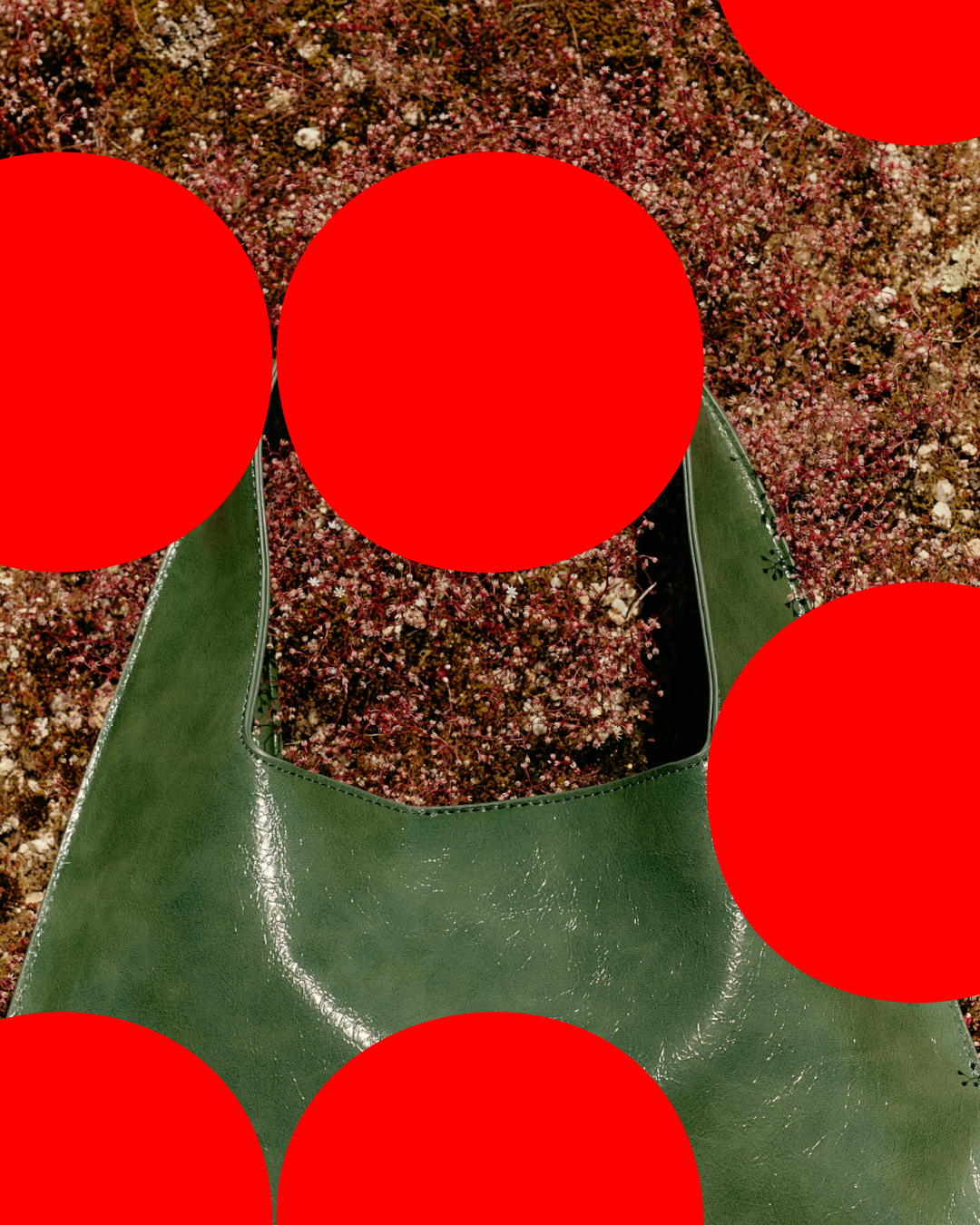
The white paper introduces The Creatorship Era — a shift from passive creation to active, imagination-led engagement with AI. How do you define “creatorship,” and what does it ask of creators, brands, and teams as they adapt to this new era?
Lilly: For us, creatorship is about reclaiming agency in the age of AI. It’s a move from simply using technology to co-creating with it—where imagination leads, and AI follows. Instead of letting algorithms dictate the outcome, creators shape the narrative, the mood, and the meaning behind what’s produced.
In this new era, creativity becomes less about efficiency and more about authorship. It asks creators, brands, and teams to stay deeply intentional—to define what they stand for, what stories they want to tell, and how they want technology to serve that vision.
It’s also a call for collaboration. Creatorship thrives when strategy, insight, and artistry come together, when teams use AI not as a shortcut but as an amplifier for originality. That’s ultimately what MUSE was built for: to make sure imagination stays at the center of creation, even as the tools evolve.
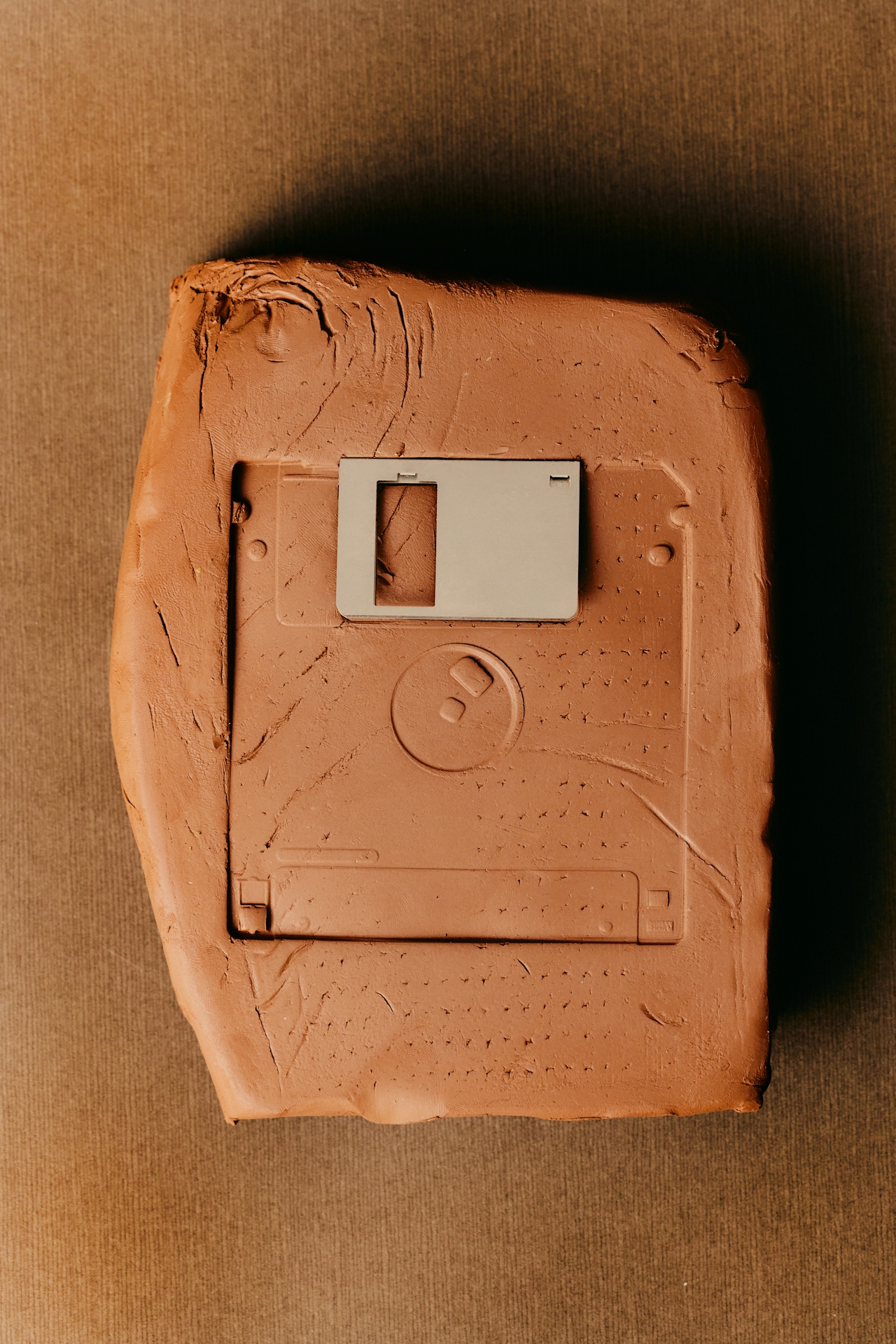
There’s a powerful line in your thinking: “Outputs are not ideas. Efficiency is not imagination.” How do you see MUSE helping creators reclaim the space to imagine, validate, and refine, rather than settle for fast, generic results?
Lilly: Outputs are not ideas. Efficiency is not imagination.
That line captures the tension of our time. AI made it easy to produce—but in the rush for output, we’ve lost the space to imagine.
Creativity was never about speed. It’s about depth—how far you’re willing to explore an idea before it takes form.
MUSE was built to bring that depth back.
It creates a living environment where research, inspiration, and experimentation flow together—so creators can move fluidly from intuition to validation, from spark to substance.
Instead of rushing toward what’s finished, MUSE invites iteration and discovery—helping creators make work that’s more thoughtful, more original, and more alive.
Grounded in decades of cultural intelligence, MUSE doesn’t just generate options; it reveals why something resonates.
That’s the shift—from AI as a fast producer to AI as a true creative partner, amplifying imagination instead of replacing it.
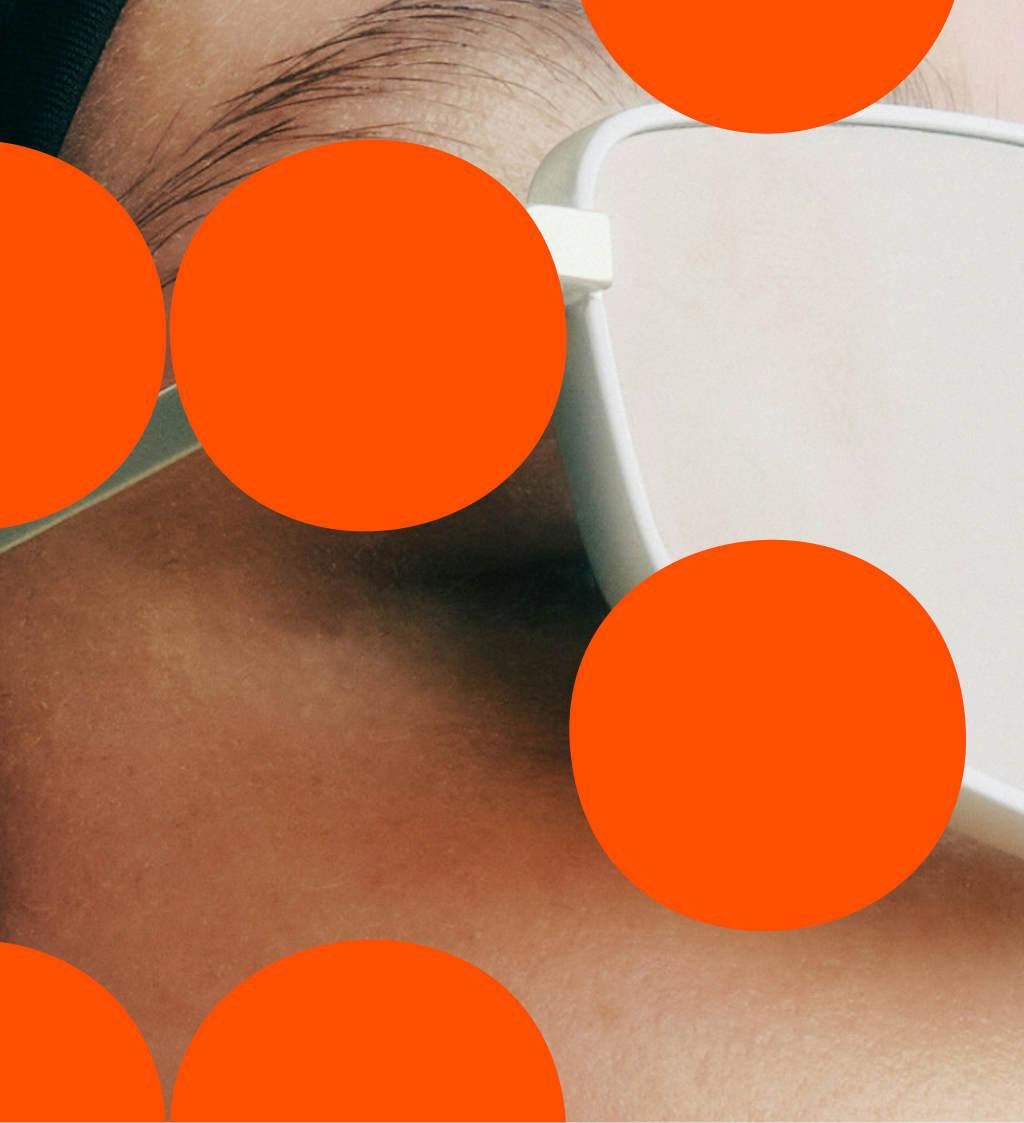
You’ve positioned this as just the first release of a much larger vision. What does the long-term roadmap look like for MUSE, and how do you see it evolving as AI technology and creative workflows continue to advance?
Itay: This first release of MUSE is really the foundation—it establishes the core connection between intelligence and creation. Our long-term vision goes much further. We see MUSE evolving into a true creative ecosystem, one that doesn’t just assist with tasks but collaborates, learns, and grows with the creator over time.
As AI becomes more capable and contextual, MUSE will anticipate not just what a creator needs, but why, understanding intent, aesthetic preferences, and brand language in deeper ways.
We also see MUSE becoming increasingly adaptive, learning from each organization’s work to reflect its unique voice and culture, while still drawing on broader cultural intelligence.
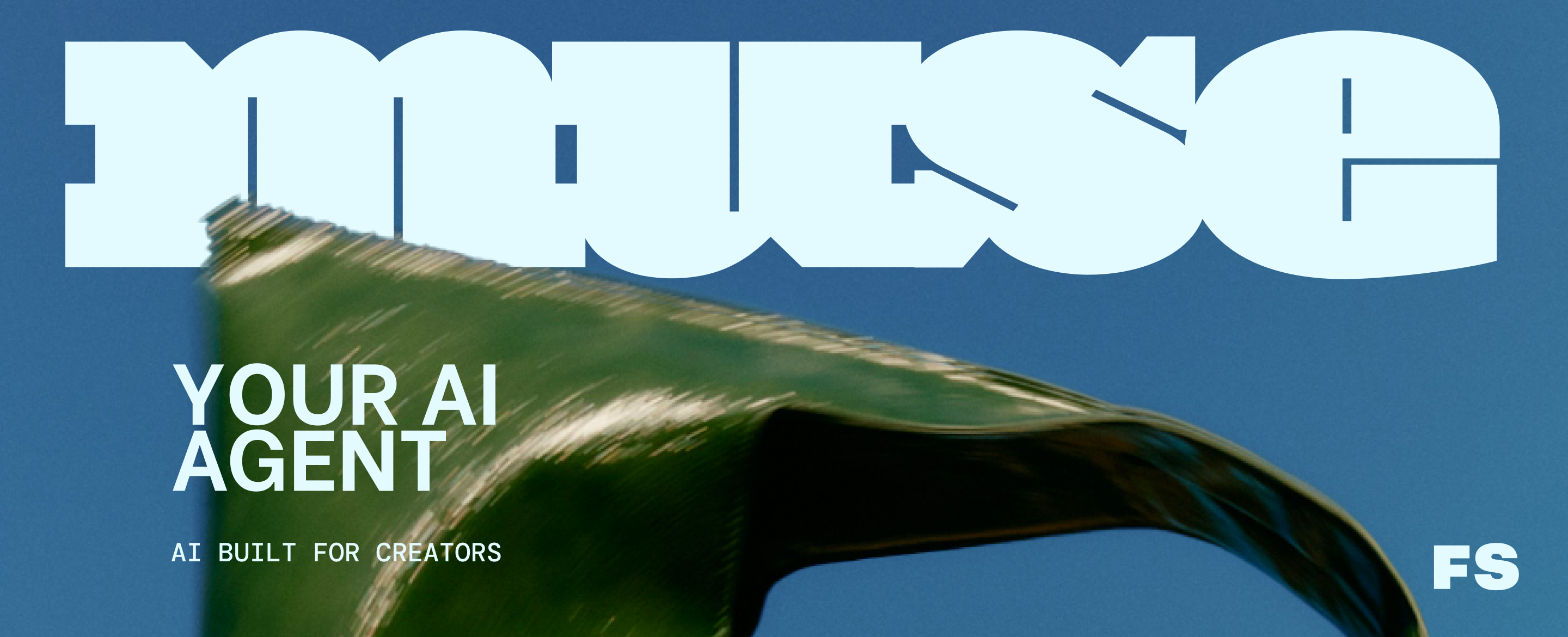
Finally, Future Snoops has always stood for originality and foresight. Looking ahead, what excites you most about the intersection of human imagination and AI, and how do you see that shaping the creative industry’s future?
Lilly: What excites me most about this next chapter is the opportunity for creators to unleash more of their human capacity, the one that lives in the right brain, where intuition, imagination, and emotion guide what we create next.
For too long, creativity has leaned toward logic and output. Now, we’re entering a moment where AI can hold the logic, the structure, and the threads, so we can return to our innate intelligence: intuition, imagination, and curiosity. It becomes the agent of clarity and connection, while we reclaim the art of feeling, sensing, and dreaming new worlds into being.
I’m excited for this partnership between human and AI to expand our highest creative capacities—to imagine ideas, products, and worlds that have never been seen before. To bring joy back to the creative process. To make space for curiosity, play, and discovery, where creation becomes an act of aliveness again.
This is what the future of creativity looks like to us: not human vs. machine, but human amplified by machine. A co-creative relationship where AI holds the structure and scale, and we bring the soul, the intuition, and the spark. If we dare to lean into that—to truly collaborate with what’s emerging—we may finally discover what we’re truly capable of as creators.
Are you ready to step into active mode and harness AI to amplify your creativity?
MUSE is available to all FS clients as part of their subscription.
